Cinnamon Good or Bad?
edlincoln
9 years ago
Related Stories

GARDENING AND LANDSCAPINGBid Bad Garden Bugs Goodbye and Usher In the Good
Give ants their marching orders and send mosquitoes moseying, while creating a garden that draws pollinators and helpful eaters
Full Story
LANDSCAPE DESIGNGood Fences, Good Neighbors — and Good Views
See-through vertical fencing connects a yard with its surroundings while keeping children and pets safely inside
Full Story
HEALTHY HOME16 Ideas for a Healthy, Feel-Good Home
Making these small tweaks and bigger shifts at home can help you thrive everywhere you go
Full Story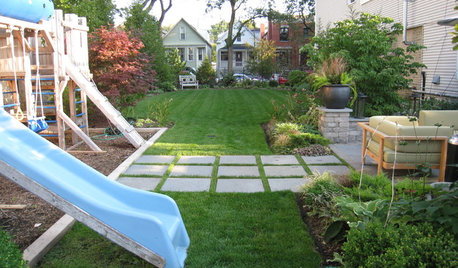
LIFE6 Tips for Teaching Your Kids to Be Good Neighbors
Everyone wins when your children learn to respect boundaries, get help when they need it and show others they care
Full Story
MORE ROOMSHome Tech: Speakers Matter (and Can Look Good, Too)
See why high style and high fidelity needn't be mutually exclusive
Full Story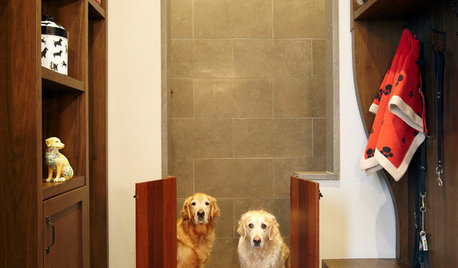
PETS15 Doggone-Good Tips for a Pet Washing Station
Turn a dreaded chore into an easier task with a handheld sprayer, an elevated sink or even a dedicated doggie tub
Full Story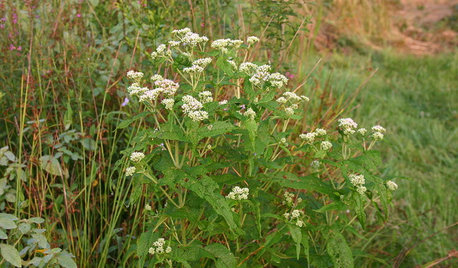
GARDENING GUIDESGreat Design Plant: Common Boneset Helps Good Bugs Thrive
Support bees, moths and butterflies with the nectar of this low-maintenance, versatile and tactile prairie-style plant
Full Story
PETSHow to Help Your Dog Be a Good Neighbor
Good fences certainly help, but be sure to introduce your pup to the neighbors and check in from time to time
Full Story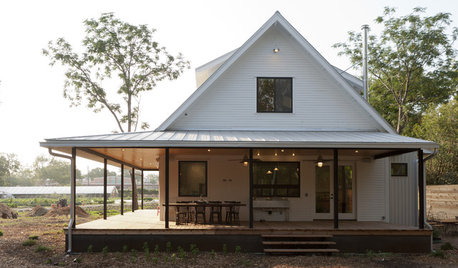
ARCHITECTUREWhat the Heck Is 'Good' Design Anyway?
We yearn for it and strive for it, but good home design isn't always easy to grasp. These 8 prescriptions from an architect can help
Full Story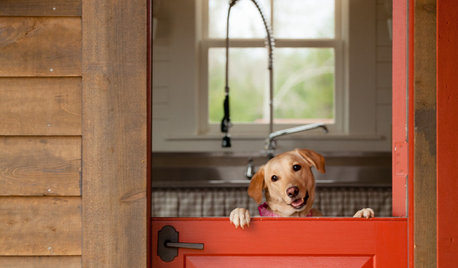
PETSGood Dog! Cute Pooches at Home
The dogs of Houzz take you on a tour of their homes and show you where they lounge, eat, play, bathe and nap
Full Story





kaboehm (zone 9a, TX USA)
jodik_gw
Related Professionals
Barrington Hills Landscape Architects & Landscape Designers · Manhattan Beach Landscape Architects & Landscape Designers · Stamford Landscape Contractors · Bergenfield Landscape Contractors · Beverly Hills Landscape Contractors · Coeur d'Alene Landscape Contractors · Deer Park Landscape Contractors · Laguna Hills Landscape Contractors · North Chicago Landscape Contractors · North Highlands Landscape Contractors · Salem Landscape Contractors · Siloam Springs Landscape Contractors · Goodlettsville Swimming Pool Builders · Missouri City Swimming Pool Builders · Malibu Outdoor Lighting & Audio Visual Systemsken_adrian Adrian MI cold Z5
kaboehm (zone 9a, TX USA)
jodik_gw